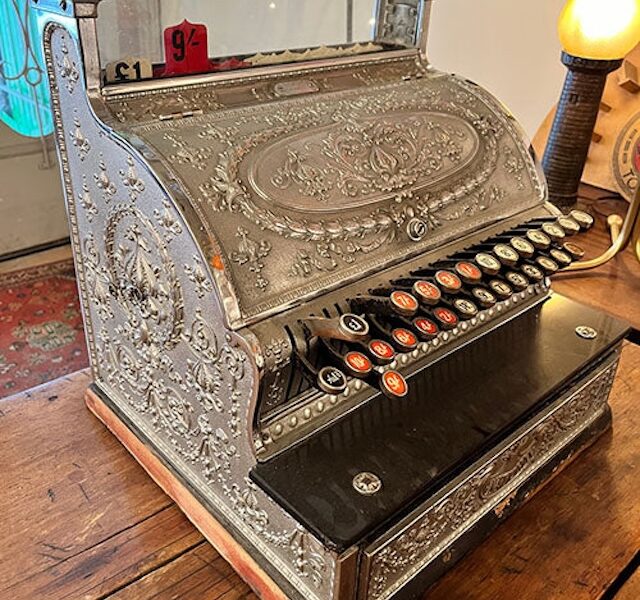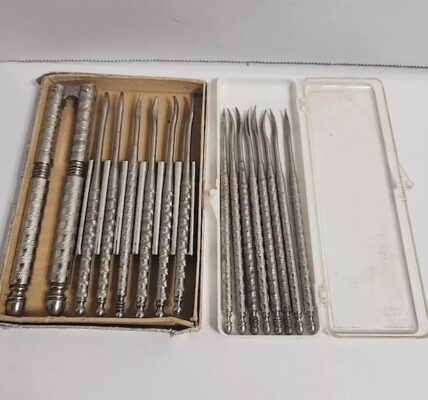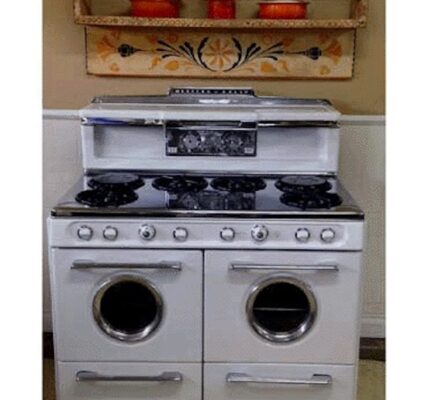Does This Look Familiar to You? If It Does, You’re Probably Not New to This World! Uncover Its Amazing History-s1
In the late 19th and early 20th centuries, the world was changing rapidly. Cities were growing, and businesses were expanding, eager to accommodate the new wave of industrialization and commercial activity. One of the most critical developments of this time, particularly for shopkeepers and business owners, was the invention and widespread use of the vintage mechanical cash register. It wasn’t just a tool; it was a revolution in how businesses operated. The clanging sound of its keys and the rhythmic ringing of its bell became synonymous with commerce, reliability, and innovation.
The Birth of an Iconic Device
Before the vintage mechanical cash register became a household name for every shopkeeper, managing cash transactions was a complex and risky endeavor. Shopkeepers often relied on ledgers, mental arithmetic, or trust to record sales, which left plenty of room for human error or, worse, theft. The arrival of the cash register not only streamlined operations but also introduced a level of accountability and transparency that had previously been missing.
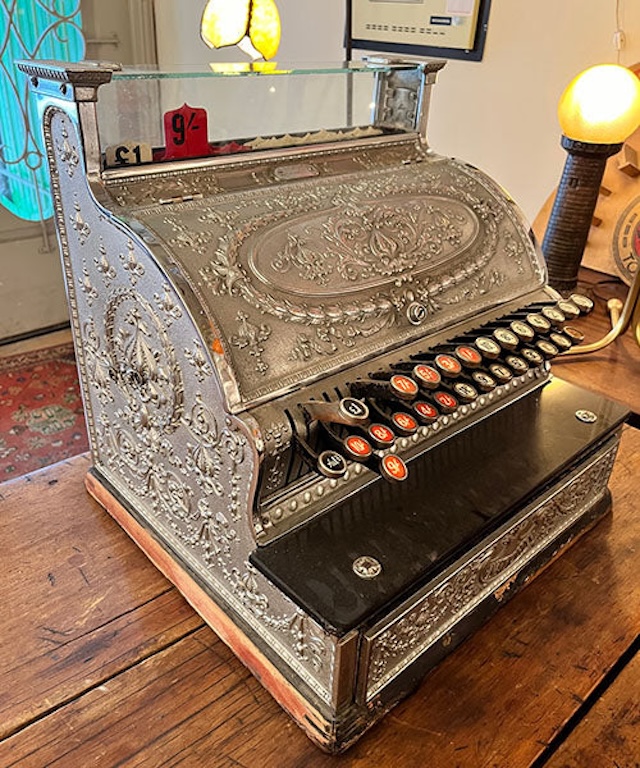
The very first cash register was invented by James Ritty in 1879, a saloon owner from Dayton, Ohio. Tired of employee theft, Ritty designed a machine to keep accurate records of his sales. His invention, which was dubbed “Ritty’s Incorruptible Cashier,” was the precursor to the more refined vintage mechanical cash register that became a commercial staple by the early 20th century. In 1884, the National Cash Register Company (NCR) was founded, and they began mass-producing these registers, making them more accessible to businesses around the world. NCR would go on to become a leader in the industry, producing some of the most iconic and ornate cash registers ever seen.
How It Worked and Why It Was Revolutionary
The vintage mechanical cash register was a work of engineering genius. At its core, it was a mechanical calculator designed to register and record sales. It typically consisted of a series of keys, each corresponding to a different dollar amount, and a mechanical crank or lever that, when pulled, would open the cash drawer, record the transaction on a paper tape, and ring a bell to signal that a sale had been made.
Unlike modern-day digital point-of-sale systems, these registers operated entirely on gears, levers, and springs. The intricate mechanisms inside were both a marvel of design and a testament to the ingenuity of the era. They were reliable, durable, and, most importantly, they instilled confidence in both the customer and the shopkeeper.
The vintage mechanical cash register introduced several key features that are still in use today. For example, it had a receipt system, providing a tangible record of each transaction, which helped reduce fraud and theft. It also helped shopkeepers keep a running tally of sales, improving bookkeeping accuracy and streamlining operations. This was especially critical for small businesses where every penny counted.
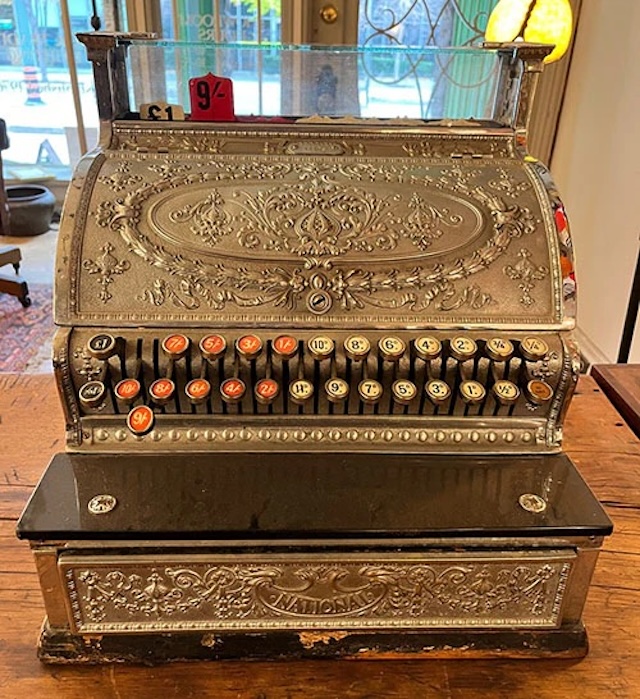
The Golden Age of Cash Registers
As the vintage mechanical cash register became more popular, companies began to compete not only on functionality but also on aesthetics. By the 1920s and 1930s, cash registers were not just practical machines; they were symbols of prosperity and success. Many registers were made from brass or other metals, and they were often decorated with intricate scrollwork and engravings. The level of craftsmanship in some of these machines is astounding, and they have since become collector’s items due to their beauty and historical significance.
During the golden age of the vintage mechanical cash register, businesses around the world embraced this tool as an essential part of their operations. It was used in department stores, grocery stores, saloons, and even small corner shops. No matter the size of the business, having a cash register meant that the owner was running a modern, efficient, and trustworthy establishment. It was a symbol of progress.
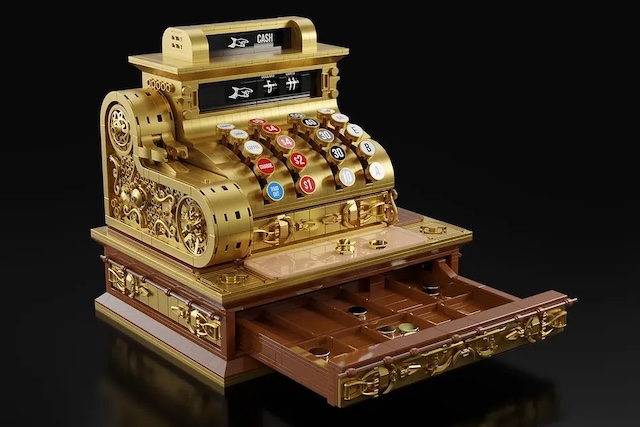
A Staple in Pop Culture and History
The vintage mechanical cash register is not just a relic of business history; it has also played a significant role in pop culture. Its iconic “ka-ching” sound has been immortalized in countless films, TV shows, and songs, symbolizing both the joys and the pressures of making money. In the early days of cinema, cash registers appeared in many scenes involving businesses or shops, reinforcing their importance in everyday life.
One famous example is its appearance in the 1946 film It’s a Wonderful Life, where the cash register plays a small but symbolic role in the bustling economy of Bedford Falls. The register became a universal symbol for commerce and capitalism, representing both the mundane aspects of daily transactions and the larger economic forces at play.
Fascinating Events and Stories Around the Cash Register
One of the most interesting stories related to the vintage mechanical cash register is the fact that it indirectly led to the rise of a new type of business: the cashier’s profession. Before cash registers, there were no dedicated cashiers. Shopkeepers themselves handled transactions, or sometimes their clerks would manage money in the store. With the advent of cash registers, it became essential to have someone specially trained to operate the machine and keep accurate accounts, leading to the creation of the cashier’s role as we know it today.
Another fascinating piece of trivia is that the introduction of cash registers was met with resistance by some store employees. In the late 1800s, some workers were initially opposed to the machines because they eliminated opportunities for “creative bookkeeping”—in other words, theft. For business owners, however, the cash register was a godsend that saved them thousands of dollars in lost or stolen revenue.

The Decline and Legacy
By the mid-20th century, as technology advanced, the vintage mechanical cash register began to fade from use. Electronic cash registers took over, offering greater efficiency, easier operation, and the ability to process credit cards. Yet, despite their decline, these mechanical registers still hold a special place in the hearts of collectors and history enthusiasts.
Today, collectors eagerly seek out these brass beauties at auctions and antique stores, not only for their aesthetic appeal but also for the story they tell about the history of commerce. Some have been restored to their original working condition, while others are displayed as decorative pieces in homes, restaurants, and museums. The vintage mechanical cash register remains a tangible reminder of a simpler time when the ringing of a bell marked the success of a sale.
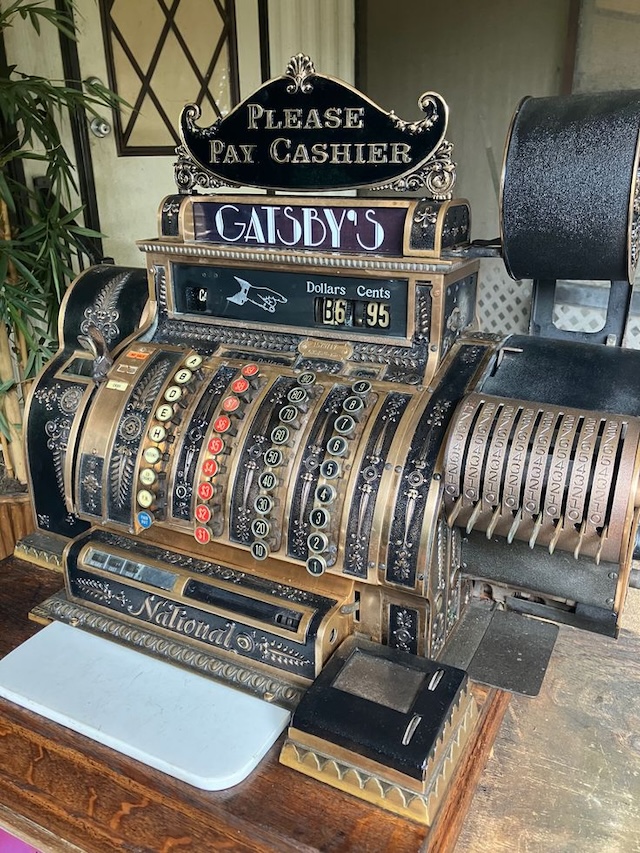
Conclusion
The vintage mechanical cash register was more than just a tool—it was a revolutionary device that transformed businesses, improved accountability, and shaped the way transactions were handled. Its legacy continues to live on in both the machines that followed and the stories they left behind. For those who have ever marveled at the craftsmanship of these beautiful machines, they serve as a reminder of the ingenuity and innovation that have driven commerce forward for centuries.
